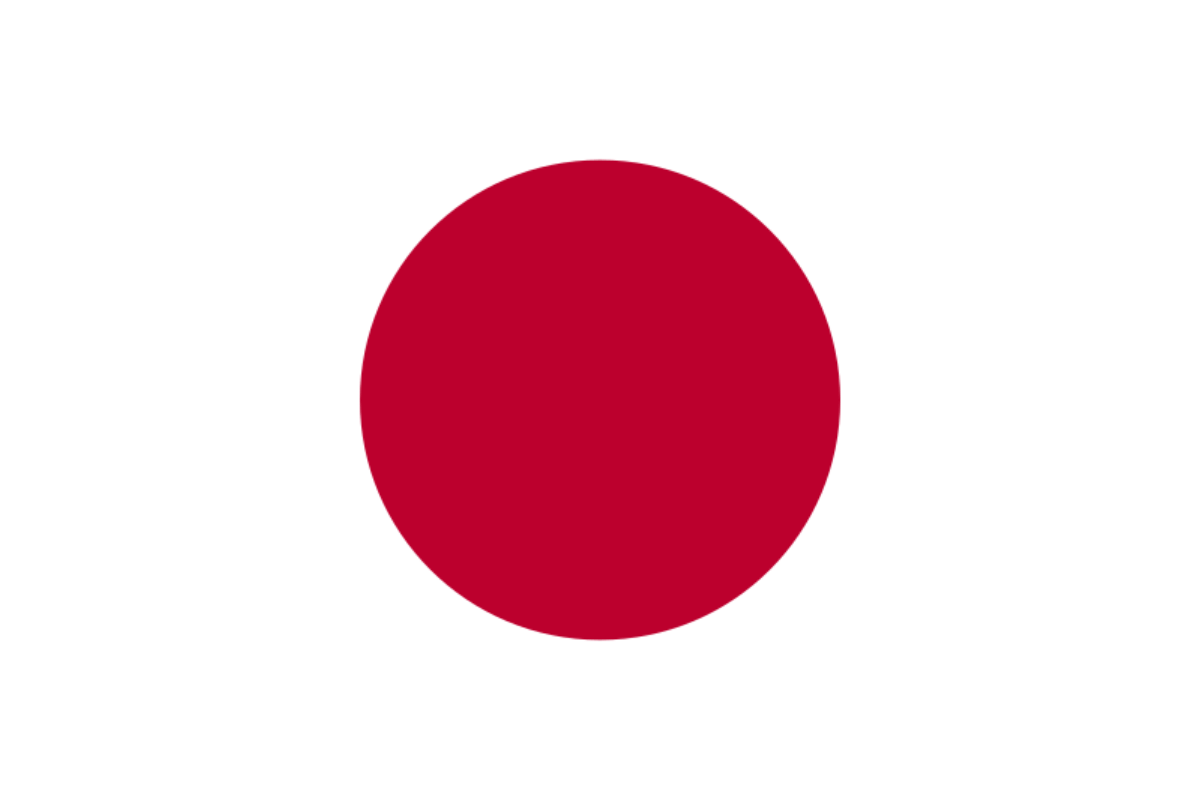The national flower of Japan is the cherry blossom, one of the nation’s most iconic symbols. This is Japan’s unofficial national flower and widely thought of as among the island nation’s most important plantlife, symbolically. The chrysanthemum is also sometimes thought of as the national flower of Japan as there is no one official flower.
The cherry blossom, known as sakura in Japan, is one of the most iconic national flower symbols in the world.
The blossoming is brief and yet the image of it has become instantly recognizable the world over as the very embodiment of Japan in both a physical and spiritual way.

What is the national flower of Japan?
This is typically something that is designated by a government body, though it may be chosen by a popular consensus among the people.
The flower that is most widely considered to be the country’s national flower is the cherry blossom, known in Japanese as the sakura.
This term refers specifically to the flowering of the tree on a particular species of tree, the genus Prunus.
There are a number of different species in this genus, both wild and domesticated.
They are common broadly in East Asia and not just in Japan though this is certainly where they are most widespread and symbolically significant.
Cherry trees in this sense refer to trees grown for their flowers and not for their fruit.
There are different genus and classifications for these trees depending on where you are in the world and so exact terminology can vary between locations.
Broadly, though, what the Japanese call Sakura is the national flower of Japan in a popular sense.
This is the flower that comes from the tree.
Many wild species of trees bloom during the early spring, from about March to April.
There can naturally be variation in the exact time that they will bloom, but ultimately it will be around springtime.
The flowers are bright pink typically though again they can vary somewhat in shade depending on the species.
Ornamental cultivars were produced and spread throughout the world in the 19th and 20th Centuries and today they are found in many corners of the world in various different forms.
They have a remarkable smell that has been the influence of many scented candles and incense.
Why is the cherry blossom considered the national flower of Japan?
The cherry blossom is symbolically significant for a number of reasons in Japan and their importance goes back a long way in the country’s history.
The practice of Hanami, said to have originated in the 8th Century during the Nara Period, remains an important tradition involving drinking under a blooming cherry blossom.
It was originally limited to the elites of Japanese society but eventually spread much more broadly in the coming centuries.
They are said to symbolize clouds in Japan due to the way they bloom en masse.
Because of the fleeting bloom which does not last very long but is intensely beautiful while it does, they have long been a symbol for the ephemeral beauty of life.
This is a part of Japanese tradition that has been profoundly influenced by the Shinto tradition and which is heavily reflected in this tradition of the cherry blossom trees.
The flowers and their transience have been associated with mortality, as well as the graceful acceptance of important concepts like karma and destiny.
To this day, the cherry blossom is a recurring motif in all manner of Japanese media, such as TV shows, films, and comic books.
It was even used as a nationalistic symbol during the Second World War.
Is the chrysanthemum the national flower of Japan?
As mentioned, Japan has no national flower in an official capacity.
Were it to have one, it would most likely be the cherry blossom.
That said, the chrysanthemum is also a very important flower symbolically to the people of Japan and so some say that Japan has two national flowers, both the cherry blossom and the chrysanthemum.
The flower has been heavily associated with the Imperial family, and it appears on the Imperial Seal.
The Japanese Imperial throne is also referred to as the chrysanthemum throne.
So, both flowers are of great importance to the people and nation.
Why is it called cherry blossom?
Though the cherry blossom trees do not bear fruit generally, or at least are not cultivated for this reason in particular, they do come from the same genus.
This genus encompasses not just cherry trees but also other fruits like plums, peaches and apricots.
So, the fact is that it is called cherry blossom because it is from the same tree that bears the fruit.
On the other hand, though, it also fits given the color of the blossom–though it is not a deep red, the pink is nonetheless reflective of the color of the cherry and thus the association there is plain to see.
So, though not literally a cherry tree, the cherry blossom is one of Japan’s most important natural symbols.
The pink flowers of the bloom are seen the world over as a symbol of Japanese beauty and nature, and the periodical showering of pink petals is one of the nation’s most important yearly events.
Few things as beautiful are found routinely in nature, and so it is unsurprising that they hold such an important position in Japanese culture.

